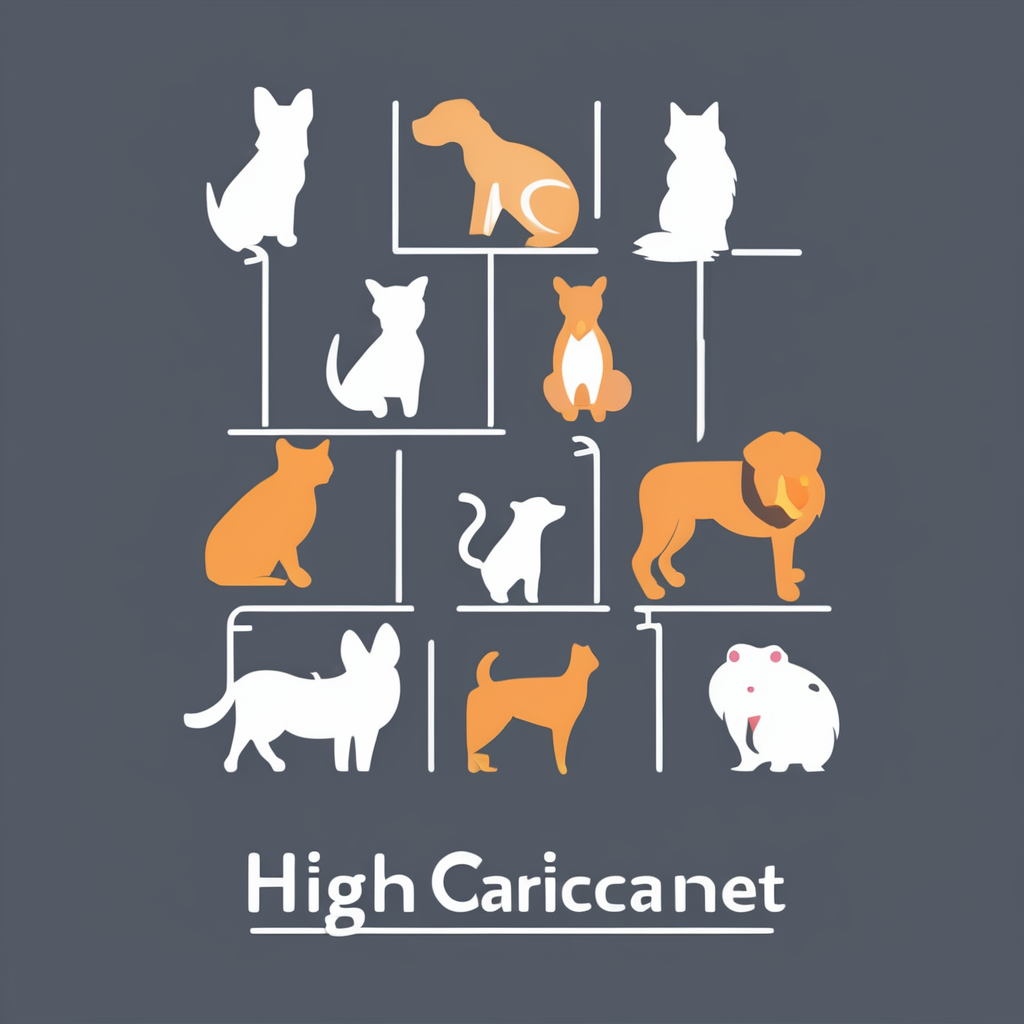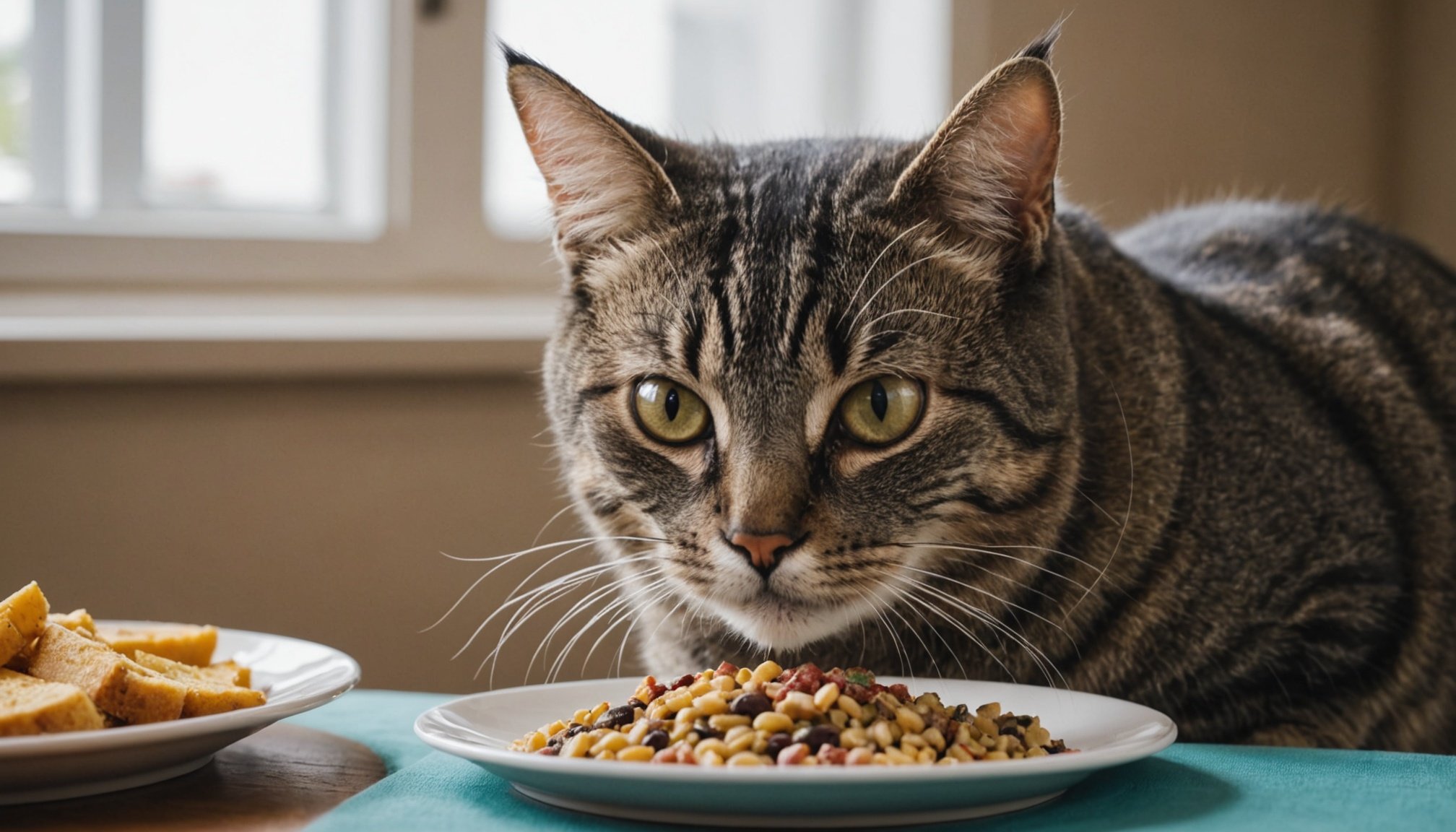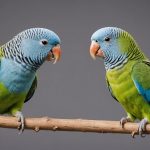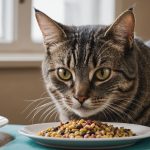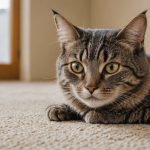Creating an effective feeding schedule for your cat is an essential part of ensuring their overall health and well-being. Just like humans, feline companions thrive on routine and proper nutrition. Establishing a consistent daily routine can help regulate your cat’s weight, digestion, and energy levels. This guide will help you understand the various aspects of feline diet, including how to choose the right food, when to feed, and the importance of portion control.
Understanding Your Cat’s Dietary Needs
Every cat is unique, and understanding their specific dietary requirements is the first step towards developing an effective feeding schedule. Most importantly, you need to consider your cat’s age, weight, activity level, and any health conditions.
Also read : What essential supplies do I need to prepare before bringing a new kitten home?
Kittens require a diet high in protein and fats to support their rapid growth. As they transition into adulthood, their nutritional needs change. An adult cat typically needs a balanced diet that prioritizes protein while controlling calorie intake to maintain a healthy weight.
When selecting food for your cat, consider both dry and wet options. Dry food is convenient and can help keep teeth clean, but it’s essential to ensure your cat is also hydrated. Wet food offers additional moisture and can be more palatable for picky eaters.
Topic to read : What are the best methods for introducing new food to a picky cat?
Moreover, raw diets have gained popularity among some cat owners, who believe they mimic a cat’s natural prey. However, transitioning to a raw diet should be approached carefully. It’s critical to ensure that raw meals are balanced and safe, as improper handling can lead to health issues.
Consulting with your veterinarian is advisable before making any significant changes to your cat’s diet. They can help you assess your cat’s specific needs based on individual factors, guiding you toward making the best choices for your furry friend.
Establishing a Consistent Feeding Time
Establishing a feeding schedule that works for you and your cat is essential for promoting a healthy lifestyle. Consistency is key; feeding your cat at the same time each day helps regulate their metabolism and sets a routine they can rely on.
Most cats do well with two meals a day. This method aligns with their natural predatory behavior, mimicking the way they would eat in the wild. Splitting their daily food intake into two meals can help prevent overeating and aid digestion. For instance, if your cat requires 200 calories per day, consider feeding them 100 calories in the morning and 100 calories in the evening.
If, however, your schedule doesn’t allow for two set meal times, you might opt for free feeding. This involves leaving dry food out throughout the day for your cat to graze on as they please. While convenient, free feeding may lead to weight gain if not monitored closely, as some cats tend to overeat.
Regardless of your chosen method, maintaining a consistent feeding time can help your cat feel secure and reduce anxiety. Remember, cats thrive on routine, and establishing a pattern can enhance their overall quality of life. Your commitment to a structured feeding schedule will ultimately contribute to your feline’s happiness and health.
Portion Control: The Key to Preventing Obesity
Obesity is a significant health risk for cats, often leading to serious complications such as diabetes, joint issues, and decreased quality of life. Therefore, managing portion sizes is a critical component of your cat’s diet.
To determine the appropriate portion for your cat, always refer to the feeding guidelines provided on the food packaging. These recommendations are typically based on your cat’s weight and activity level. However, it’s crucial to remember that these are just guidelines. Each cat is different, and some may require more or less than the suggested amounts.
Using a kitchen scale to measure your cat’s food can help ensure that you are feeding the right amount. Consistently measuring meals prevents overfeeding and helps you monitor your cat’s weight effectively. Adjust portions based on your cat’s weight changes. If your cat starts gaining excess weight, consider reducing their food intake or increasing playtime to encourage more activity.
It’s also essential to factor in any treats. While it’s tempting to spoil your cat with snacks, these can add up quickly in calories. Aim to limit treats to no more than 10% of your cat’s daily caloric intake. Instead of high-calorie commercial treats, consider healthy alternatives like small pieces of cooked chicken or fish, ensuring these are factored into their overall daily calories.
By focusing on portion control and being mindful of how much you feed, you will significantly contribute to your cat’s long-term health and well-being.
Adapting the Diet as Your Cat Ages
As your cat ages, their nutritional needs will change. Senior cats often require different types of nutrients compared to younger counterparts, and it’s crucial to adapt their diet accordingly to support their health.
Older cats may benefit from diets lower in calories but higher in essential nutrients, such as Omega fatty acids that support joint health and antioxidants to boost their immune system. Additionally, some older felines may experience dental issues, making soft, moist food more appealing and easier to consume.
Transitioning to a senior diet should be gradual. Start by mixing a small amount of the new food with your cat’s regular food, gradually increasing the new product over several days until they are fully transitioned. This helps avoid digestive upset.
Another crucial aspect to consider is hydration. Older cats might not drink enough water, leading to urinary problems. Ensure they have fresh water available at all times and consider incorporating wet food into their diet for added moisture.
Regular veterinary check-ups are vital as your cat ages. Your veterinarian can provide insights into any dietary adjustments needed based on your cat’s specific health status, including kidney function and weight management. Staying proactive about your senior cat’s diet can significantly improve their quality of life and extend their longevity.
Creating a feeding schedule that supports your cat’s health and well-being is not just about what you feed them but also when and how much. By understanding their dietary needs, establishing a consistent feeding time, controlling portion sizes, and adapting their diet as they age, you are taking significant steps toward ensuring a long, healthy life for your feline companion. Remember, your commitment to their nutrition and routine plays a pivotal role in their happiness and stability. With the right approach, you can cultivate a nurturing environment that promotes overall health and vitality for your beloved cat.
